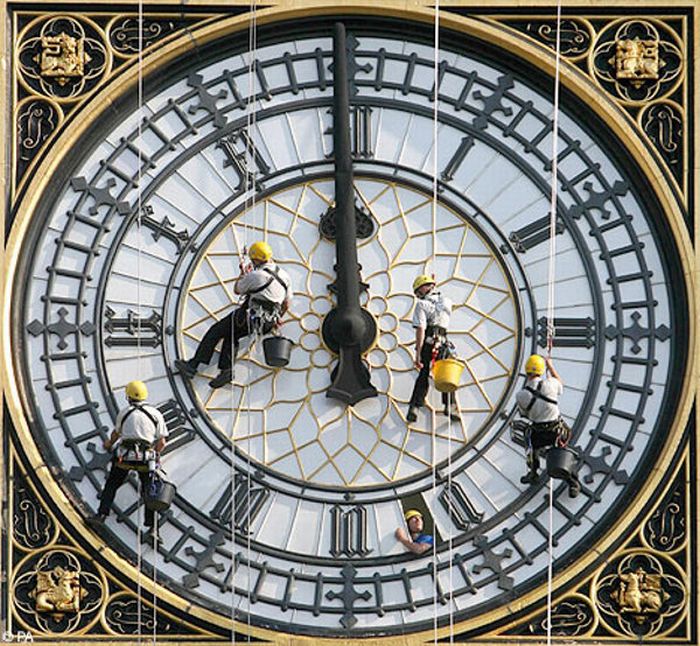Haurvat, or Haurvatat, is celebrated on the 18th of June. At this moment the Sun is in the 28th grade of the Gemini zodiac sign.
It is known as the healers’ day. The true healer is the one who heals the body, the soul and the spirit. In the Slavic myth, there is dead water and living water. Dead water resurrects and living water fills with energy. This day, water obtains healing capacities. It can cleanse from any kind of filth and it reconstructs the structure of our cells. This is the so called “dead water”. If you drink water on this day, you fill yourself with harmony, get rid of any kind of splits, physical pain and psychic contradictions. Haurvat resurrects faith, restores the lost values, purifies and transforms your soul.
The main element of this day is water. The color is blue. The quality is perfection.
On this day, people must unify themselves for the purpose of peace, help and selflessness. Everyone is supposed to drink from the same bowl – be it juice, milk, water or any other drink. It is good to eat first fruit. The holiday is celebrated from dawn till sunset. They also burn four candles on this day.
It is believed that on this day it is possible to look inside the Haurvat bowl and see a better world inside it.



























